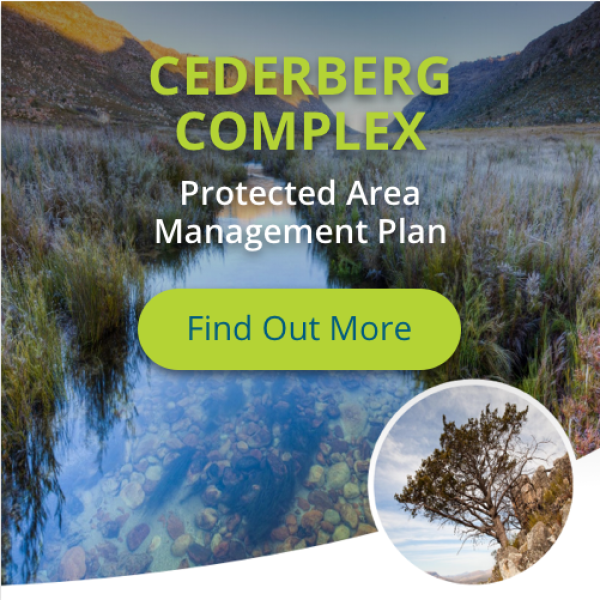
Landscapes
Click on the map below to explore the diverse landscapes that makes up CapeNature’s area of management.
Landscape Central
The vegetation of Landscape Central falls within the Core Cape Subregion (previously termed the Cape Floristic Region), the smallest of the world’s six floral kingdoms. It is internationally renowned for its especially rich flora, containing an estimated 9 383 species of vascular plants of which almost 69% are endemic (restricted to the region). This makes it one of the richest regions in the world in terms of botanical diversity, apart from some Neotropical areas.
The remarkable floral diversity of this landscape is evident from the distribution patterns of a sample of 1 936 plant taxa from plant families and genera that are characteristic of the Cape flora, such as Proteaceae, Ericaceae, Restionaceae and Bruniaceae.
The highest percentage occurrence of these taxa per quarter degree square (20% to 26%) is found in Landscape Central. The great diversity of plants is attributed to the change in complement of species along environmental gradients and the variation in species in the same habitat type from one geographical location to another. Winter rains, along with mist-precipitation from the southeaster clouds in summer, provide the habitat for a number of rare protea
and Mimetes species. The Boland Mountain Complex has the highest concentration of Mimetes species in the Western Cape, most notably the rare Mimetes hottentoticus (Figure 3).
Landscape South
Landscape South is a diverse landscape with mountainous topography in the north where towns such as Robertson, Montagu, Barrydale and Swellendam are located. The more northern area also consists of mountain ranges including the Langeberg Mountain Range with popular nature reserves such as Marloth Nature Reserve and Grootvadersbosch Nature Reserve.
As part of Grootvadersbosch Nature Reserve, the World Heritage Convention, Unesco, declared Boosmansbos Wilderness Area a World Heritage Site in 2004 and extended this in 2015 to include the entire Langeberg Complex as part of the Cape Floral Region Protected Areas World Heritage Site. The Langeberg Complex supports 19 vegetation types (Mucina & Rutherford 2011), of which two are critically endangered and four endangered (Jacobs et al. 2017).
Read moreLandscape West
Landscape West is diverse, comprising the City of Cape Town metropole and the West Coast District Municipality areas of jurisdiction, including the local municipalities of Swartland, Saldanha Bay, Bergrivier, Cederberg and Matzikama. Landscape West comprises marine and coastal habitats, lowlands, mountain catchment areas and arid landscapes such as the succulent Karoo. The landscape transitions from a densely populated urban environment in the south to a more rural landscape characterised by towns and villages, agricultural and natural areas towards the north and east.
Read moreLandscape East
Landscape East is the largest of the four CapeNature landscapes and is geographically and botanically very diverse. It stretches from the lush coastal Garden Route right through to the arid Karoo region of the Beaufort West area. CapeNature reserves in Landscape East include Anysberg, Gamkaberg, Swartberg, Outeniqua, Goukamma and Robberg nature reserves. Both Goukamma and Robberg are also marine protected areas.
Read moreConservation in action
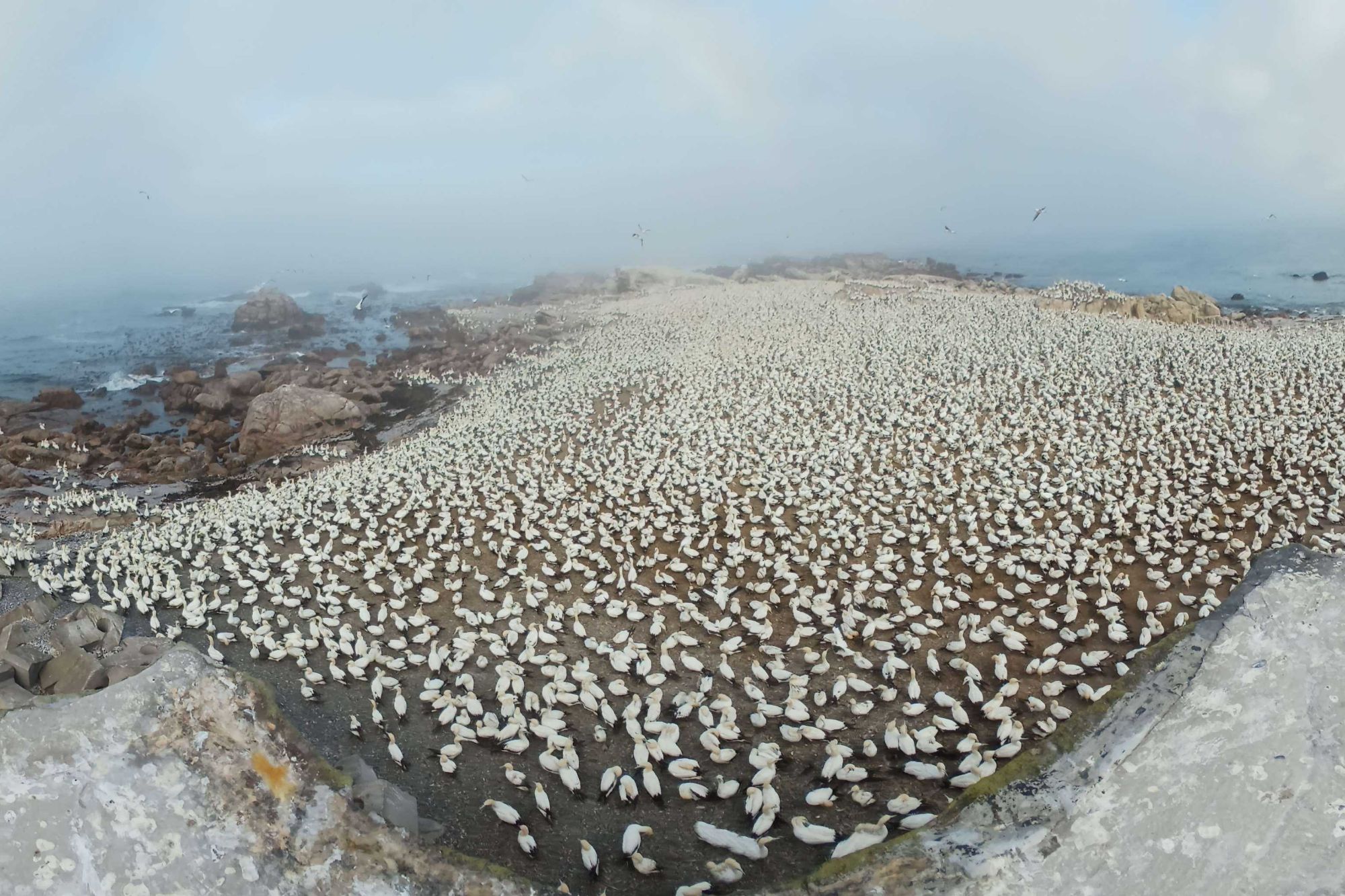
Lambert’s Bay Bird Island’s Cape Gannet colony reaches record numbers
During January 2025, the Cape Gannet population reached an impressive 45,000 individuals—its highest in 19 years! This marked a significant milestone for the island, with numbers consistently remaining in the 30,000s over the past five years.
Rare Visitors to Bird Island
Bird Island became one of the West Coast’s favourite Birding spots during the festive period of December 2023 to January 2024.
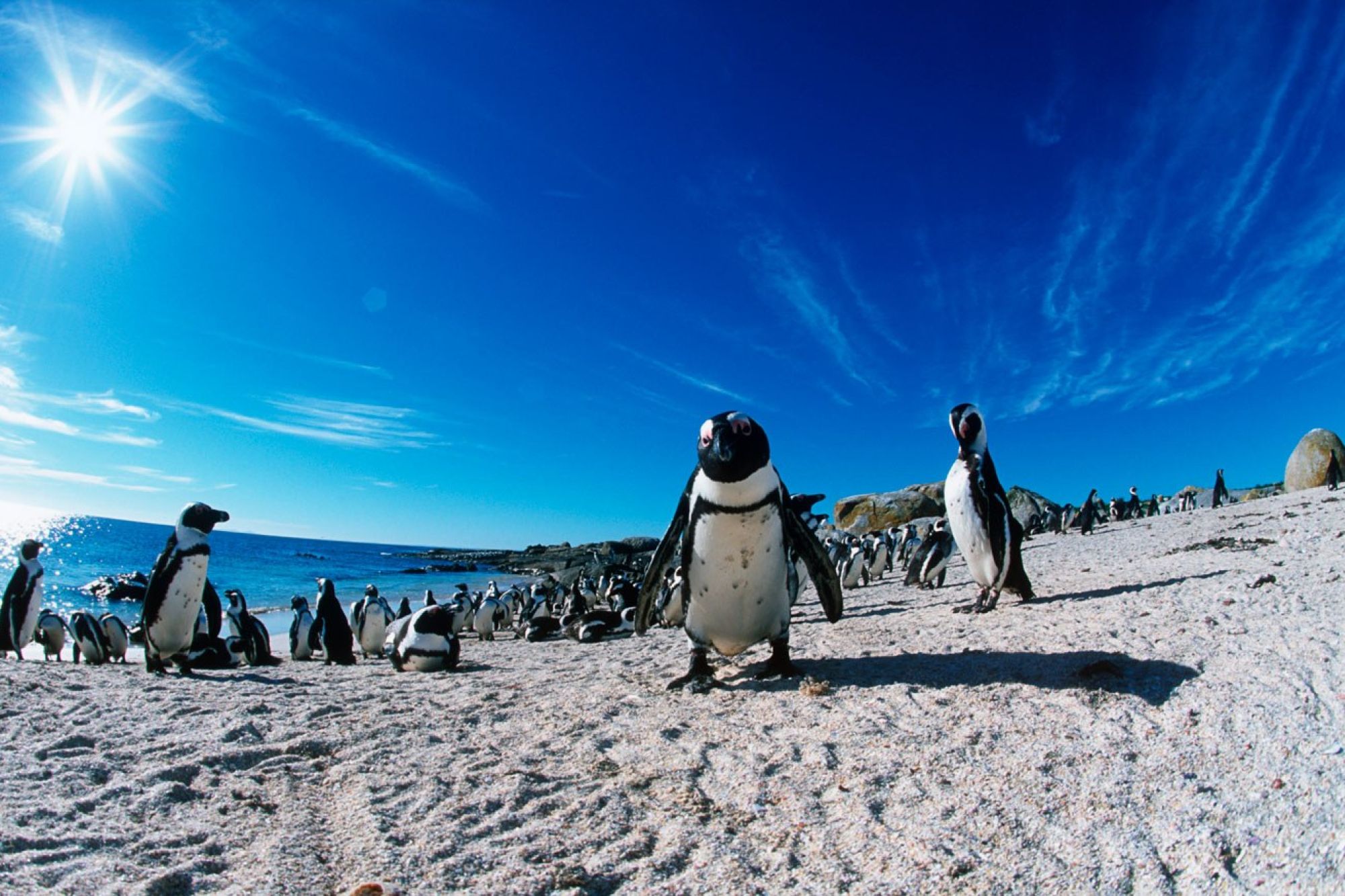
Collaborative Conservation benefits the Stony Point African Penguin Colony
In the heart of Betty’s Bay lies the Stony Point African Penguin colony, a critical breeding ground for these beloved seabirds. This colony has become a beacon of hope thanks to the collaborative efforts of several key partners: CapeNature, SANCCOB, Dyer Island Conservation Trust (DICT)/African Penguin and Seabird Sanctuary (APSS), World Wide Fund for Nature (WWF-SA), and the Kogelberg Biosphere Reserve. Together, these entities have implemented an integrated programme that has positively impacted the local penguin population.
What we do
Latest news
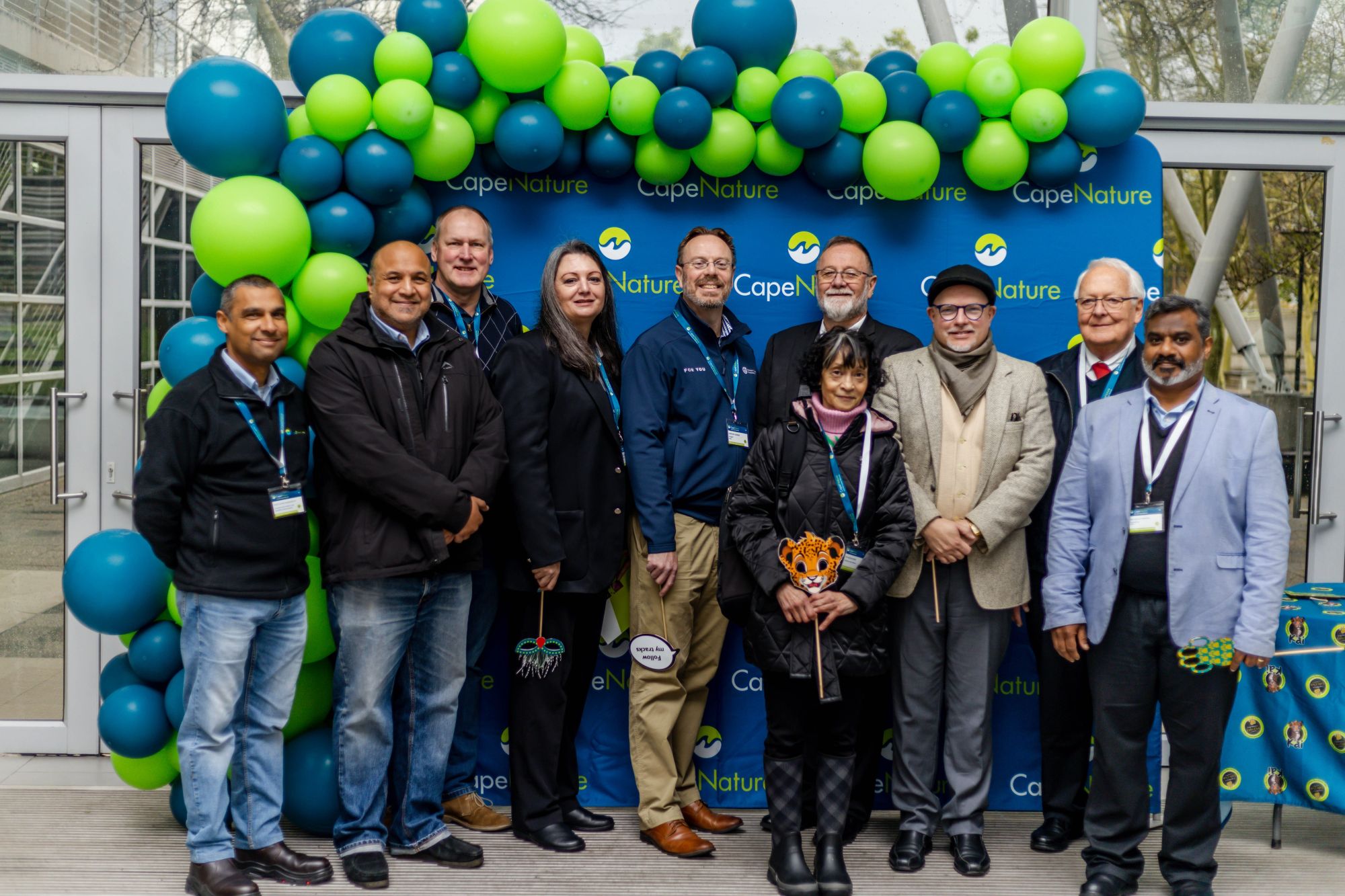
2025 Conservation Review Highlights Biodiversity
CapeNature showcased its significant achievements in conservation operations and exceptional biodiversity protection over the past year.
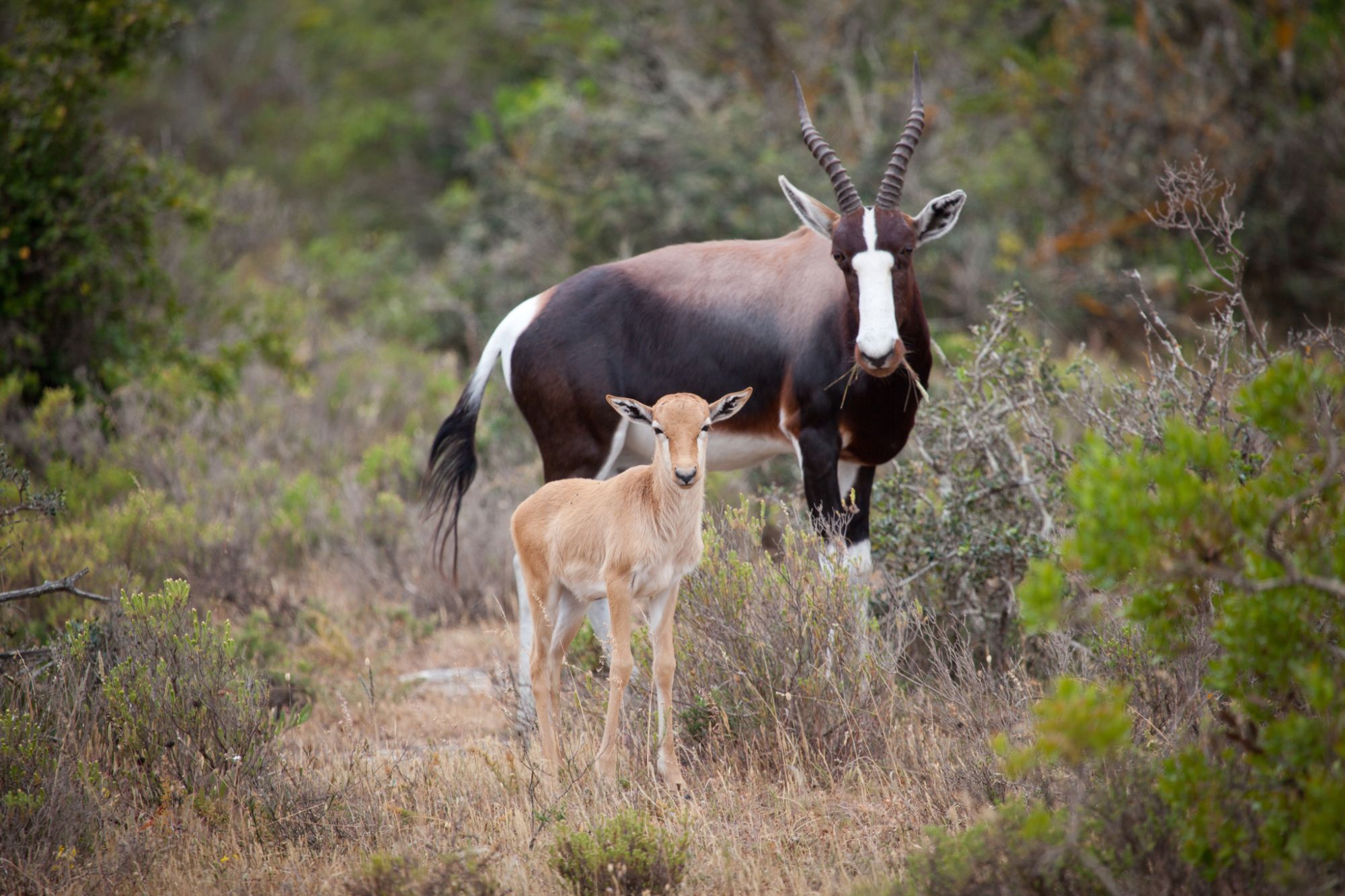
State of Conservation 2025: Progress & Priorities
CapeNature launched the 2025 State of Conservation Report this morning at its annual Conservation Review, offering a clear, evidence-based view of the Western Cape’s biodiversity and how conservation efforts are measuring up.
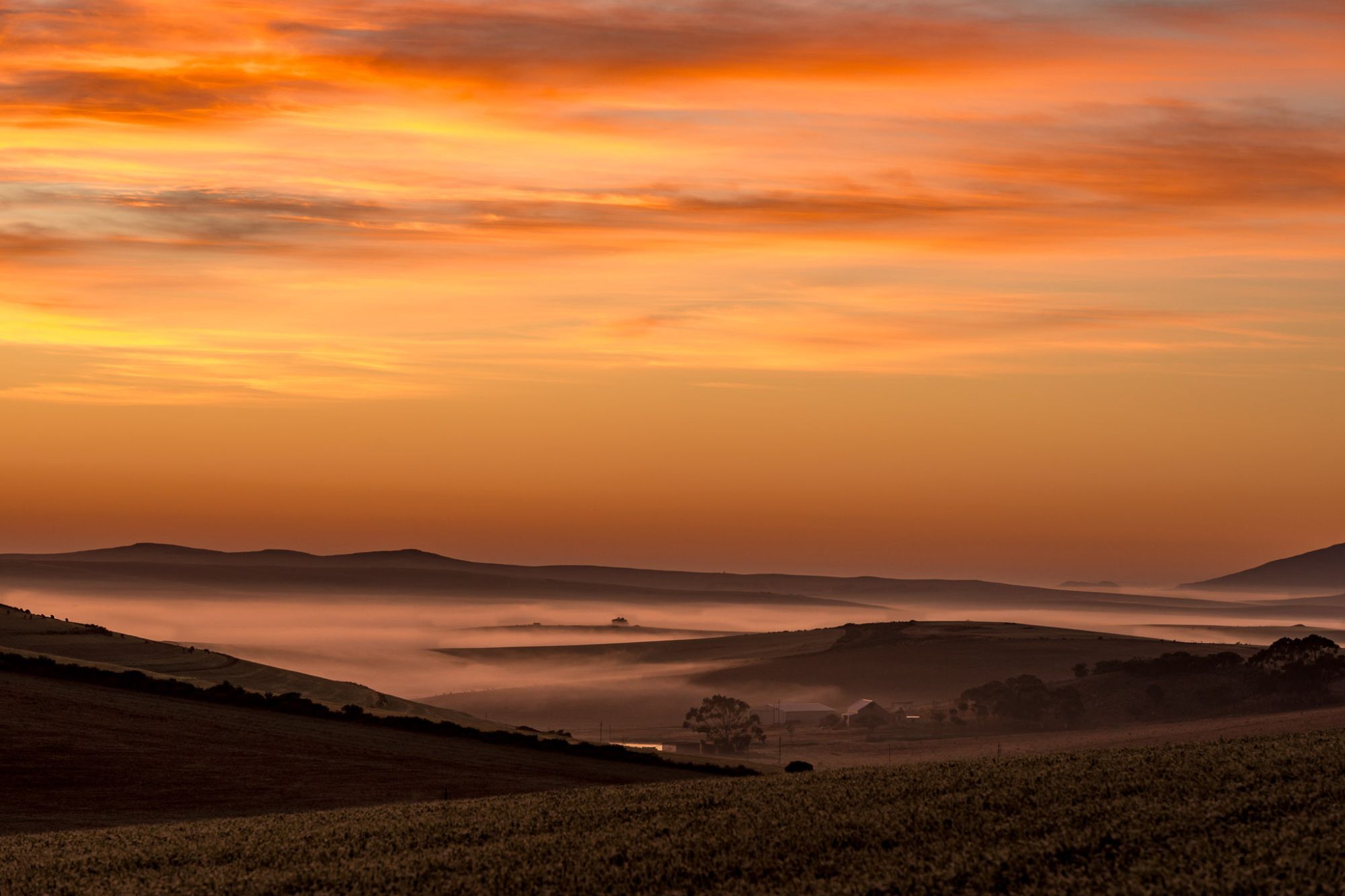
Haarwegskloof Declared Nature Reserve
In a major victory for biodiversity conservation, Haarwegskloof, which includes the largest remaining connected stretch of renosterveld left on Earth has officially been declared a provincial nature reserve.
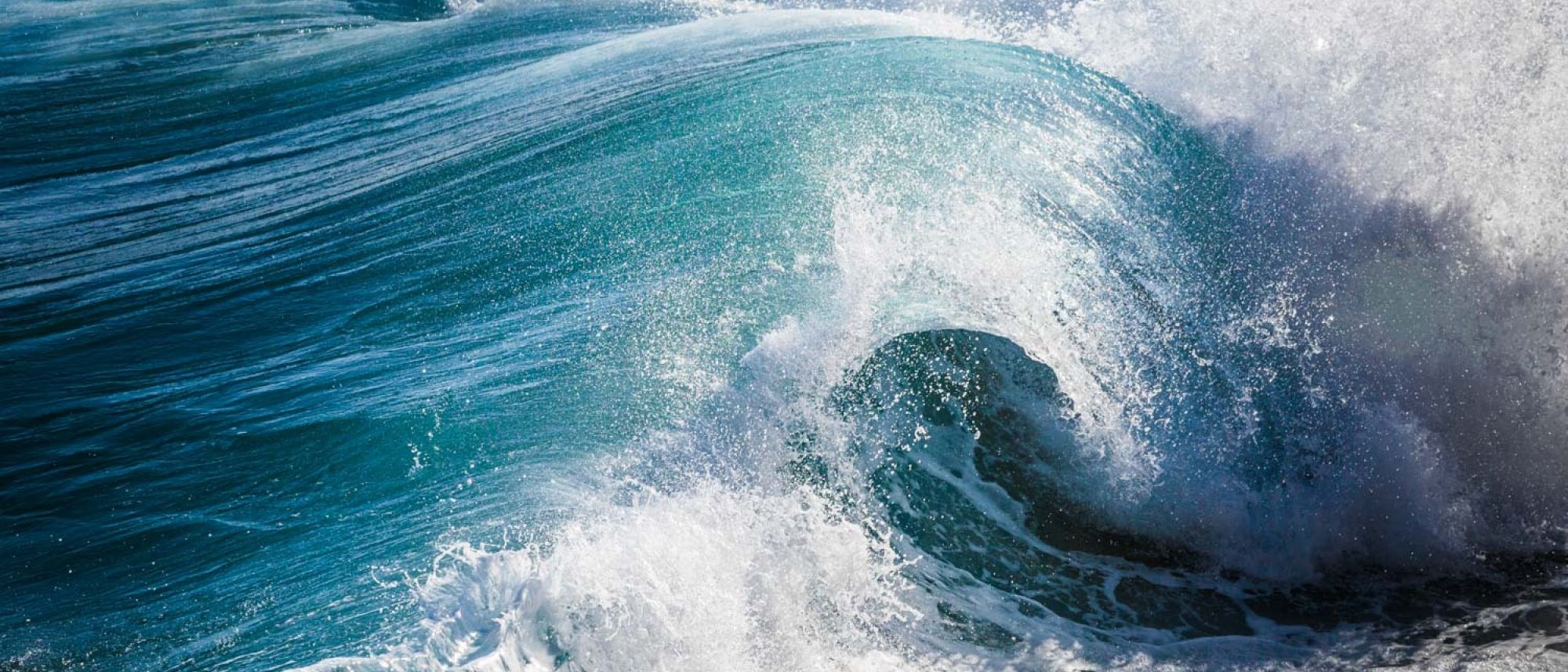
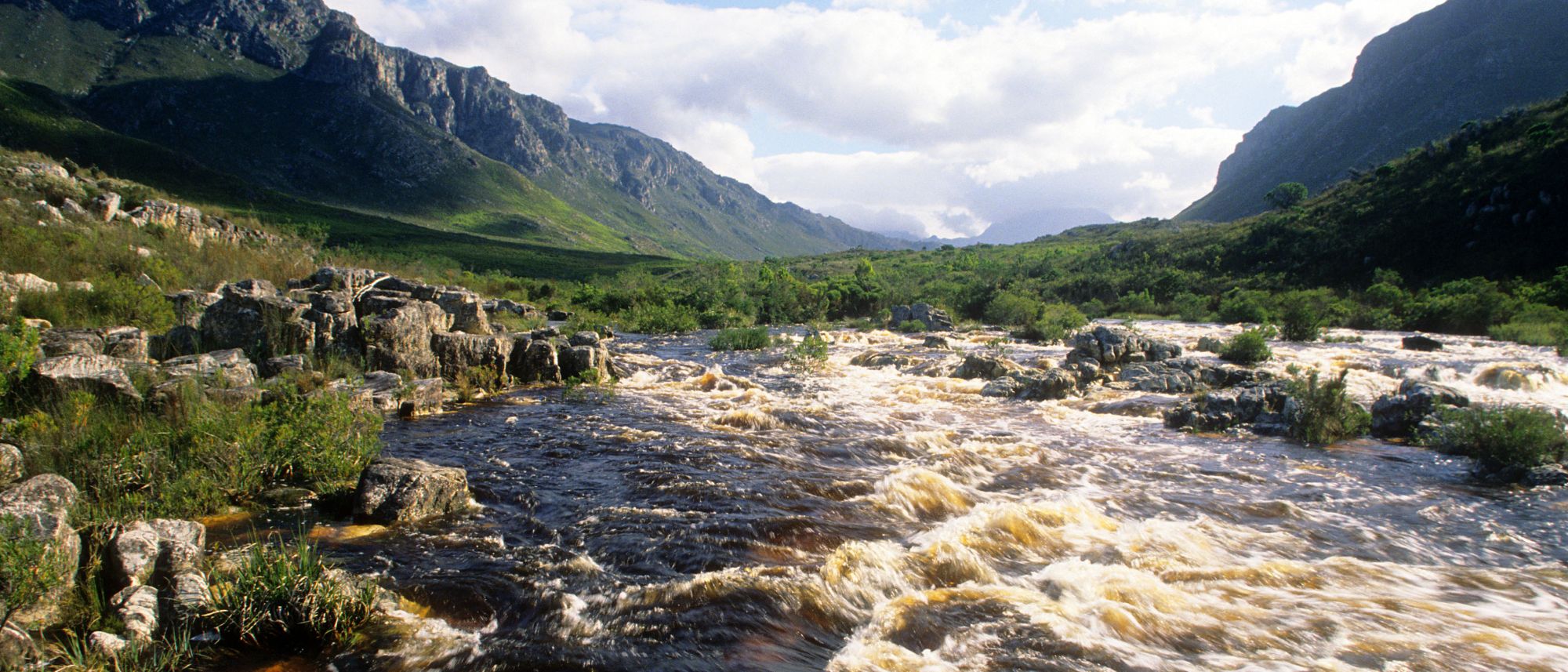
Events Calendar

MPA Day 2025
MPA Day 2025International Zebra Day
International Zebra Day
CapeNature Conservation Review 2024
CapeNature Conservation Review 2024Research and resource library
CapeNature staff collaborate extensively with researchers and conservation practitioners nationally and internationally. Conservation leadership and innovation publications enrich the thinking, understanding and appreciation of, and provide support for, the conservation of biodiversity and the value of protected areas.
You will find a selection of our recent peer-reviewed scientific papers from the last four years in our libary.
Latest resources
Landowners Guide Human-Wildlife Conflict
Several years ago, CapeNature produced a resource to support the agricultural sector in the Western Cape, called the Landowner’s Guide to Human-Wildlife Conflict. This concise booklet described species that may cause damage in the province, and provided tips on holistic livestock and crop management options. The Cape Leopard Trust (CLT) recently collaborated closely with CapeNature to refresh the booklet, extend the content, and produce an eye-catching, comprehensive, and up-to-date version. New sections developed for the updated booklet include descriptions of conflict mitigation methods and strategies, information on carcass inspection to aid accurate identification of the cause of death in livestock, and information on the ecosystem services and benefits that wildlife provides to farmers.

Video: Learning & Awareness at CapeNature
This set of two videos includes a look at how the Learning & Awareness Component at CapeNature plans and runs their environmental education and capacity building programmes.

Video Series – Heritage and Conservation
This series of 9 videos includes a variety of topics on the history of conservation over the years. Each video is available in English and with Afrikaans and isiXhosa Subtitles.
